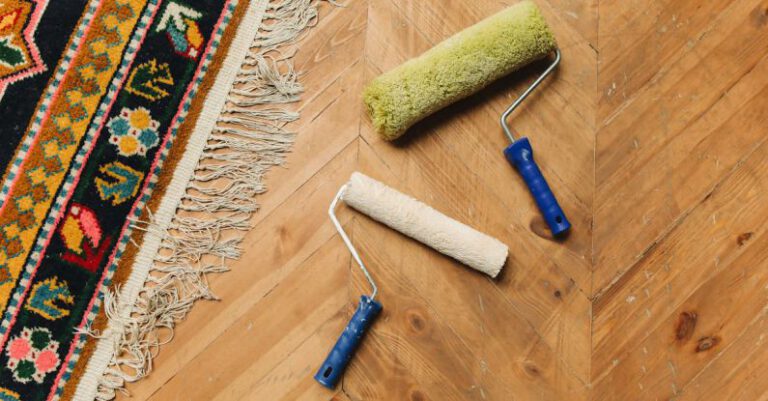
Winter can be a challenging time for cyclists, with cold temperatures, snow, and ice making it difficult to ride. However, with the right maintenance, you can keep your bike in top condition throughout the winter months. By following some simple tips and tricks, you can ensure that your bike stays in great shape, no matter what the weather throws at you.
Prepare Your Bike for Winter
Before the winter weather sets in, it’s essential to prepare your bike for the challenges ahead. Start by giving your bike a thorough clean, paying particular attention to the drivetrain, brakes, and wheels. This will help to remove any dirt and grime that has built up during the warmer months and prevent it from causing damage during the winter. Additionally, make sure to check your tire pressure and top up if necessary, as cold weather can cause tire pressure to drop.
Protect Your Bike from the Elements
During the winter, your bike is exposed to harsh conditions that can cause damage if not properly protected. One of the best ways to protect your bike is by using mudguards, which can help to prevent water and mud from spraying up onto the frame and components. Additionally, consider using a bike cover if you store your bike outside, as this can help to shield it from the elements and prevent rust and corrosion.
Lubricate Your Bike Regularly
Lubrication is key to keeping your bike running smoothly in the winter months. Cold and wet conditions can cause metal parts to rust and seize up, so it’s essential to lubricate your bike regularly to prevent this from happening. Focus on the chain, derailleurs, and other moving parts, using a high-quality lubricant designed for wet conditions. Be sure to wipe off any excess lubricant to prevent dirt and grime from sticking to the components.
Check Your Brakes
Winter weather can take a toll on your bike’s brakes, so it’s crucial to check and maintain them regularly. Start by inspecting the brake pads for wear and replace them if necessary. Additionally, make sure that the brake cables are in good condition and that the brakes are adjusted correctly. If you notice any issues with your brakes, such as reduced stopping power or squeaking, be sure to address them promptly to ensure your safety on the road.
Inspect Your Bike After Each Ride
After each winter ride, take the time to inspect your bike for any signs of damage or wear. Check the frame for any cracks or dents, the wheels for loose spokes, and the drivetrain for signs of wear. Additionally, wipe down your bike to remove any dirt and grime that may have accumulated during your ride. By regularly inspecting your bike, you can catch any issues early and prevent them from turning into more significant problems.
Store Your Bike Properly
Proper storage is essential for keeping your bike in top condition during the winter months. If possible, store your bike in a dry, temperature-controlled environment to prevent rust and corrosion. If you have to store your bike outside, consider investing in a bike shed or storage box to protect it from the elements. Be sure to cover your bike when not in use to prevent dirt and moisture from building up and causing damage.
Conclusion:
With the right maintenance and care, you can keep your bike in great shape throughout the winter months. By preparing your bike for winter, protecting it from the elements, lubricating it regularly, checking your brakes, inspecting it after each ride, and storing it properly, you can ensure that your bike stays in top condition and ready for your next winter adventure. So, don’t let the cold weather stop you from enjoying a ride – with these tips, you can keep your bike rolling all winter long.





